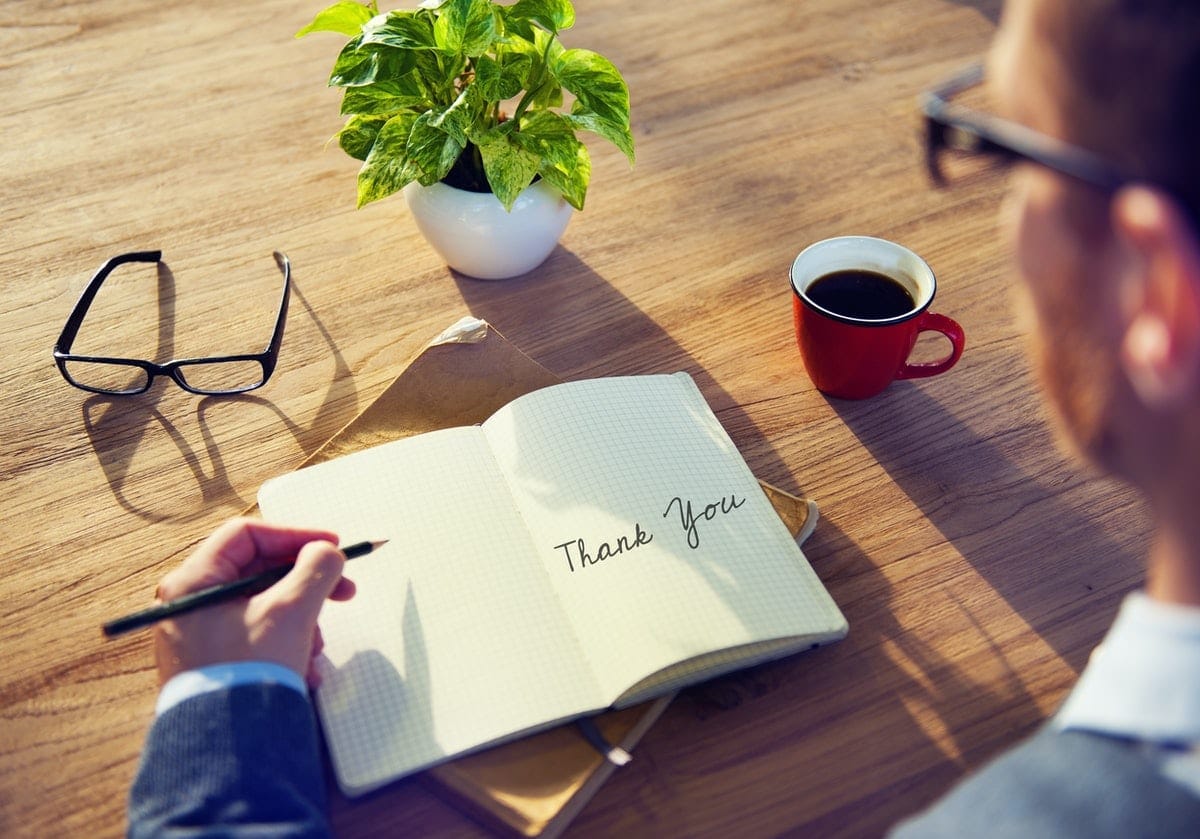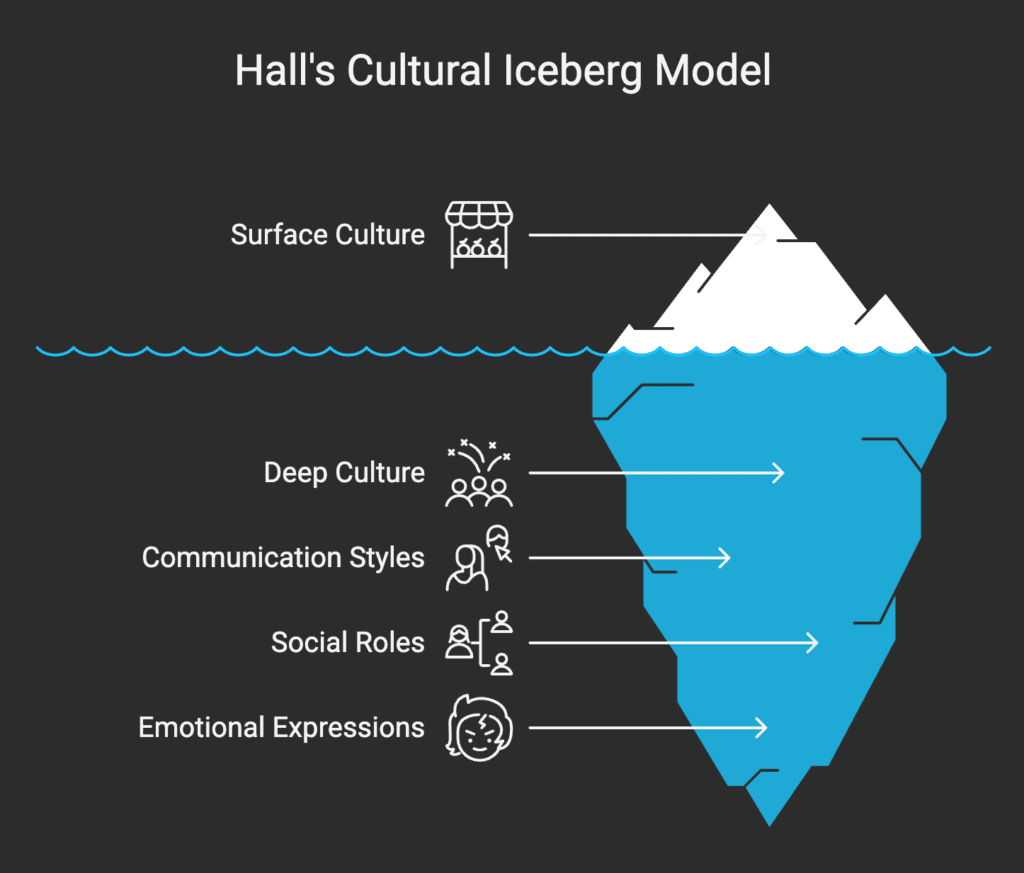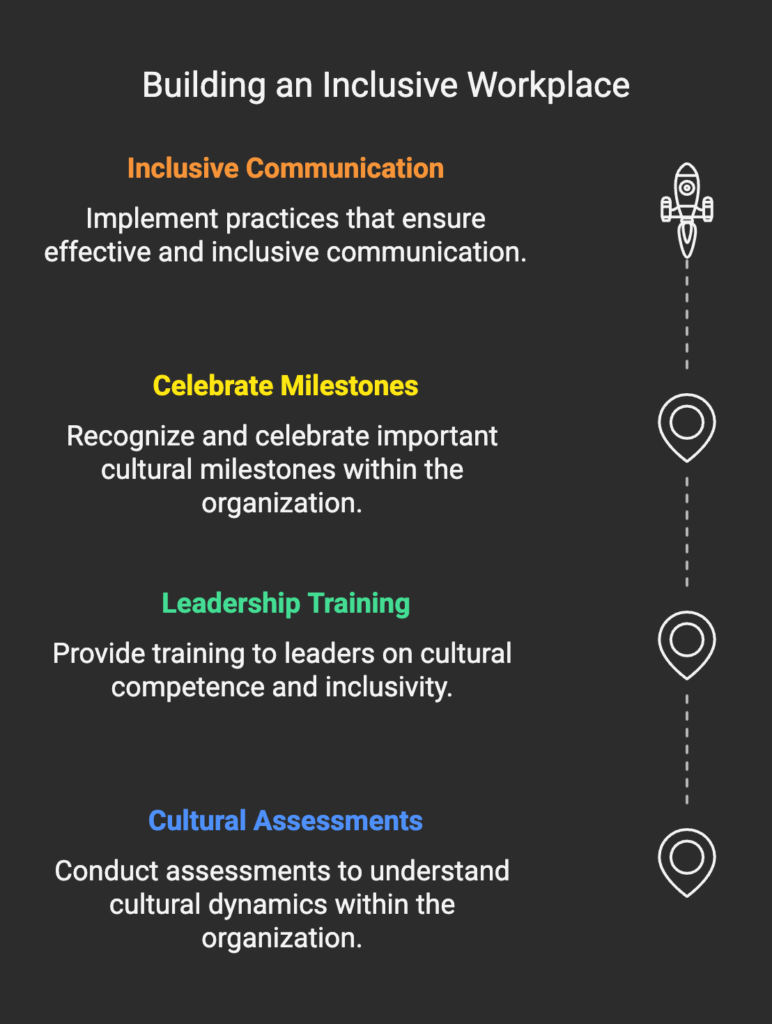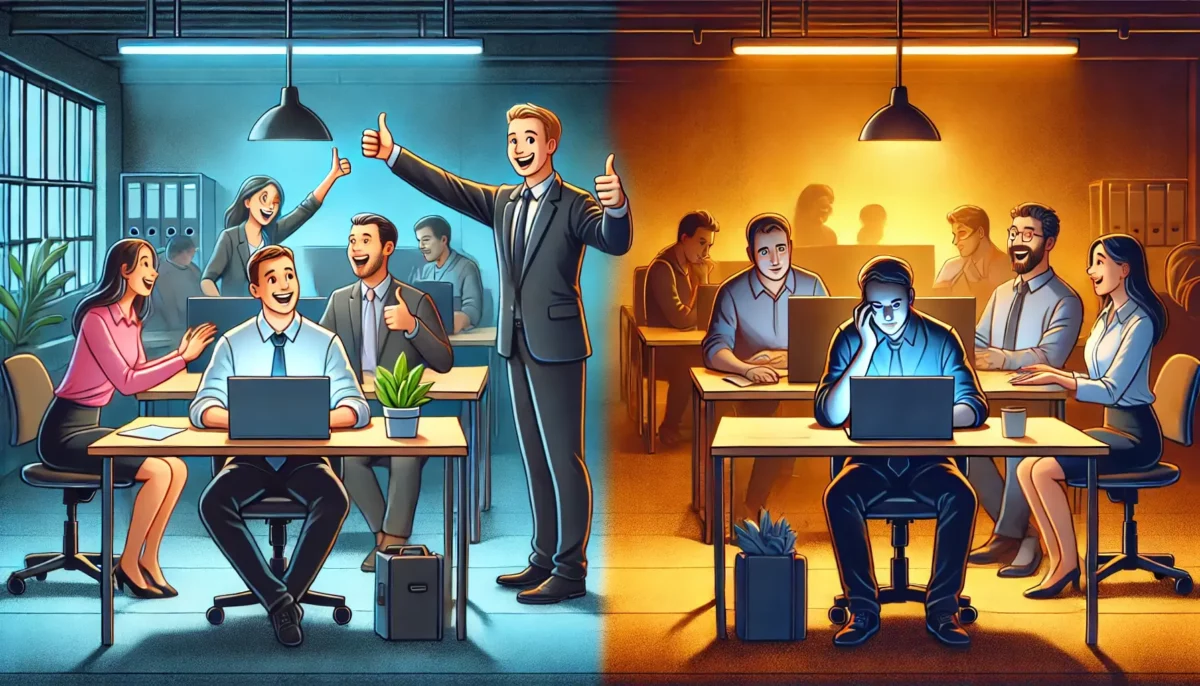“A company is only as good as the people it keeps.” – Mary Kay Ash
This timeless adage sums up the core of employee empowerment—a management approach that goes beyond simple delegation to include releasing potential. Empowerment provides skills, confidence, and authority to make significant contributions to your company.
Today’s workplaces demand more than passive participation. They require proactive, involved staff members who feel appreciated and trusted. Here is when employee empowerment starts to revolutionize things. With a 2023 Gallup survey showing organizations with high employee engagement experience 23% more profitability, this shows its transforming power.
Why is empowerment so important? It raises workplace satisfaction, increases output, and stimulates innovation, producing a workforce that is strong and forward-looking. Empowering staff members is a means for success and a must for leaders to be competitive in an always-changing environment.
This article explores the actual meaning of employee empowerment, why it’s crucial, and how companies could apply it successfully. We will review what you need to know, from practical ideas to overcome obstacles to metrics measuring its performance to build an empowering culture in your company.
What Is Employee Empowerment?

At its core, employee empowerment is about trust. It’s about giving you the autonomy to make decisions within your area of expertise while providing the necessary tools, support, and accountability structure. Empowerment shifts the traditional top-down management style into one that values collaboration, creativity, and innovation.
Key Components of Empowerment
- Authority: You’re given the right to make decisions that affect your work, fostering ownership.
- Autonomy: Freedom to approach tasks in a way that suits your strengths and creativity.
- Accountability: With empowerment comes responsibility—owning the outcomes of your decisions.
- Support: Providing you with resources, training, and guidance to succeed.
Why Employee Empowerment Matters for Organizational Success

Employee empowerment is directly linked to critical business outcomes such as productivity, innovation, and retention. Let’s break this down:
1. Improves Job Satisfaction
You feel appreciated when you know you can make decisions, which greatly raises morale. 84% of respondents in Deloitte’s 2023 Well-being at Work survey said they wanted to prioritize their well-being; 74% of them said this was more important than furthering their professions. Empowerment helps employees find direction and increases their work engagement and job satisfaction.
2. Promotes Productivity
By making judgments on the fly without waiting for administrative clearance, empowered employees help simplify processes and reduce the chances of unnecessary delays in workflows.
3. Sparks Creativity
When you feel free to try without regard to failure, innovation blossoms. Empowerment helps you forward audacious ideas, which results in ground-breaking inventions. Businesses that prioritize empowerment find a two-fold increase in efforts at creative problem-solving.
4. Reduces Staff Turnover
According to Gallup, 42% of turnover is preventable but often ignored. Empowerment creates an environment in which one feels trusted and respected, which ultimately promotes loyalty.
5. Strengthens Organizational Resilience
In today’s ever-changing world, adaptability is essential. Employees who are empowered help firms grow stronger and more adaptable because they are better able to manage interruptions and seize opportunities.
Key Elements of Employee Empowerment

To create a culture of empowerment, organizations need to focus on several foundational elements:
1. Open Communication
Open communication guarantees that you really know your position, objectives, and how your efforts affect the company. Clarity helps employees build confidence and trust, thereby guiding their decisions.
2. Continuous Learning
Empowerment devoid of the means to achieve might backfire. Training programs help you to be ready for changing roles and give you the confidence to face fresh challenges.
3. Inclusive Leadership
Under leaders who guide rather than control, empowered employees flourish. Excellent leadership sets the scene where your ideas are appreciated.
4. Resource Accessibility
Employees need the correct tools and knowledge to be really empowered. Empowerment turns from an empty promise without these tools.
5. Recognition and Rewards
Appreciation helps employees realize that their efforts count. Whether it’s a formal award or a simple thank you, appreciation inspires dedication and drive.
6. Diversity and Inclusion
Inclusive workplaces magnify attempts toward empowerment. Diverse teams show the junction of empowerment and inclusion since they are 87% more effective in decision-making.
Strategies to Foster Employee Empowerment
Creating an empowered workplace requires deliberate, strategic actions. Here are actionable steps organizations can take:
1. Define Boundaries Clearly
Empowerment does not mean doing away with all structure. Clearly defined expectations and constraints guarantee that choices support business goals.
2. Train for Success
Training helps your staff members be competent and confident, reducing uncertainty and advancing growth.
3. Promote Ownership
Dealing with their own projects and decisions makes staff members more accountable and proud. Instead of micromanaging, managers should provide actual responsibility to enable staff members to create their own work rhythms and boost work efficiency.
4. Promote Collaboration
Cooperation sharpens empowerment. The company gains from different points of view when you are urged to cooperate across teams, share ideas, and help achieve group goals.
5. Offer Insightful Feedback
One cannot grow without feedback. Frequent, constructive comments support your ability to hone your abilities and subsequently raise performance, therefore strengthening empowerment. Implement 360-degree feedback to get a better overall idea of employee standings.
6. Celebrate Achievements
Celebrating achievements in public inspires individuals as well as the whole staff. Acknowledgment helps link empowerment with involvement.
Challenges to Employee Empowerment
Though it serves as a great tool, empowerment isn’t always easy to apply. Here are some typical challenges companies run across:
1. Resistance to Change
The encouragement of an empowered environment might be challenging if staff members grow accustomed to traditional management styles. Anxiety over increased responsibilities is another reason people object.
2. Lack of Trust
Efforts at empowerment will fail if teams lack trust in the corporate process.
3. Insufficient Resources
Empowerment devoid of appropriate tools and knowledge can create discontent and lower output.
4. Fear of Accountability
Greater independence comes with more responsibility, which might scare employees worried about the fallout from mistakes.
5. Inconsistent Implementation
Empowerment has to be used constantly on every team. Unequal application might breed resentment and compromise its potency.
Overcoming Challenges to Empowerment
To overcome these barriers, organizations should focus on these solutions:
1. Build a Culture of Trust
Empowerment is rooted in trust. Building trust requires open communication, fair policies, and continuous leadership.
2. Start Small
Start empowerment slowly by assigning less important decisions first, then increasing responsibility. This helps you to gain confidence and fit into the new surroundings.
3. Provide the Right Tools
Give staff members the tools they will need to be successful. The correct tools are crucial for anything from technology to mentoring to training.
4. Honor Progress
Acknowledge small successes to inspire more involvement. Celebrating development helps to build momentum and emphasizes the need for empowerment.
Measuring the Success of Employee Empowerment
Tracking important performance indicators (KPIs) helps companies evaluate the success of empowerment projects. Measures include:
- Engagement Levels: Employ insightful job satisfaction survey questions to know how involved and satisfied employees are with their work.
- Turnover Rates: A decline in turnover indicates increased loyalty and contentment.
- Productivity Measures: Determine how teams are producing work.
- Innovation Output: Track the number of ideas or projects originating from empowered teams.
- Employee Feedback: Regular one-on-one meetings provide qualitative insights into empowerment’s impact on employee engagement, especially in remote environments.
According to Gallup, only 20% of the world’s workers were engaged in 2022, demonstrating the value of monitoring corporate metrics for evaluating overall employee engagement and satisfaction.
Conclusion
Employee empowerment is a commitment to fostering a culture where employees feel trusted, valued, and motivated to contribute their best. As organizations navigate the complexities of modern work environments, leaders must prioritize empowerment to create workplaces that attract and retain top talent. By integrating autonomy, recognition, and support into your culture, you cultivate a workforce that drives meaningful change.
To build an empowered and engaged workforce, you need tools that align with your vision. That’s where Engagedly comes in, which is a leading employee engagement and performance management platform designed to help you empower your teams through intuitive tools for feedback, collaboration, and goal setting.
Ready to transform your workplace? Book a demo today and unlock the full potential of your employees.
FAQs
1. What is employee empowerment?
It’s a management strategy that gives you autonomy, authority, and resources to make decisions while holding you accountable for the outcomes.
2. Why is employee empowerment important?
Empowerment drives productivity, innovation, and satisfaction, ultimately contributing to organizational success.
3. How can organizations empower employees?
By providing training, fostering collaboration, recognizing contributions, and ensuring access to resources.
4. What are the challenges of empowerment?
Common challenges include resistance to change, lack of trust, insufficient resources, and inconsistent application.
5. How do you measure empowerment’s success?
Through metrics like engagement scores, turnover rates, productivity levels, and employee feedback.












































 Organizations need the right set of HR tools to build an efficient, productive, and engaged workforce. From recruitment to performance management, having the right systems in place can streamline operations, improve employee satisfaction, and drive business success. Below are five essential HR tools that every company should consider:
Organizations need the right set of HR tools to build an efficient, productive, and engaged workforce. From recruitment to performance management, having the right systems in place can streamline operations, improve employee satisfaction, and drive business success. Below are five essential HR tools that every company should consider:

























